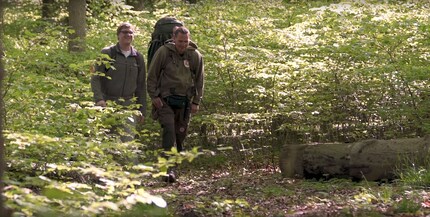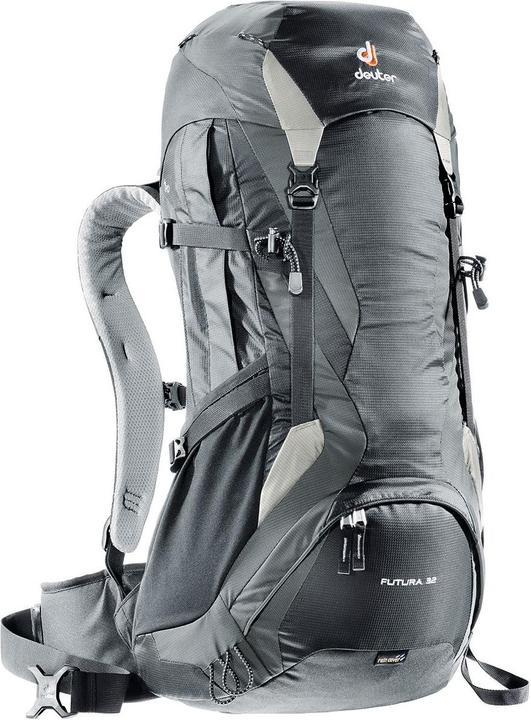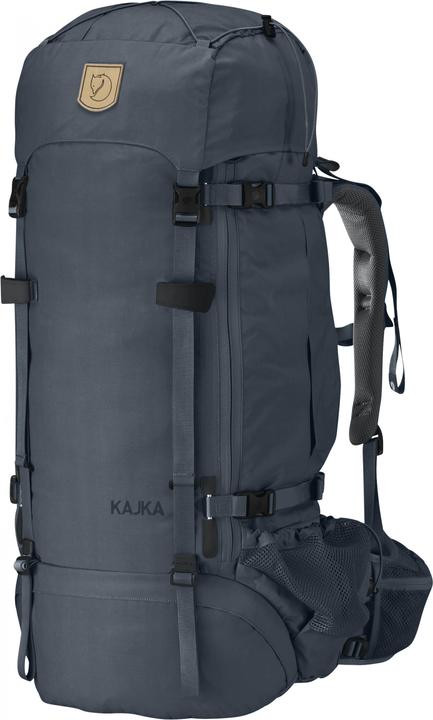
Survival Guide: How big should the rucksack be?
I was out in the forest with survival expert Gion Saluz and talked to him about different rucksacks, their sizes and their features. He was able to give me some helpful tips along the way. I would like to share these with you.
The size of your rucksack always depends on what you want to take with you. On a multi-day tour, you will have more equipment with you than on a day trip. It is therefore worth adapting your rucksack to the length of your trip. I have created three categories for this: Day trip, weekend trip and multi-day trip that you can use as a guide.
Day trip
A small rucksack is enough for a day trip. It should hold at least a water bottle, snacks and something to protect you from the sun's rays. However, I recommend that you make sure that even these small rucksacks are comfortable to carry for several hours. A capacity of 10 to 30 litres is ideal.
Weekend trip
Multi-day trip
Here you can find the entire outdoor rucksack range.
How do I pack my rucksack correctly?
When packing a rucksack, you should ask yourself two questions: "What do I need and when?" and "How do I distribute the weight?" Basically, you can divide your rucksack into three different layers. The top layer, the middle layer and the bottom layer. If possible, always stow your items in the rucksack. Things that you attach to the outside of the backpack can affect the centre of gravity and you run the risk of getting stuck to the surroundings.
Upper layer
The top layer in your rucksack is the one you can access most quickly. Pack things in this layer that you want to have to hand quickly and without having to search for them. Depending on your needs, these can be different items. From my point of view, these are the following things:
- Sun protection (sunglasses, sun hat, sun cream)
- Rain protection
- Navigation (GPS, map, compass)
- Drinking water
- Energy bars
- Bandaging material
Middle layer
I advise you to stow heavy items in the middle layer. It should also be as close to your back as possible. This is the best way to balance the weight and stay on your feet even after several hours without back pain. I pack the following items in the middle layer:
- Tent
- Cooking utensils
- Provision
- Clothes
- Hygiene articles
Lower layer
The bottom layer of your rucksack is the one you can access the least quickly. So choose items here that you will only need at the end of the day or only rarely during the day. Make sure they are lightweight items. It's also an advantage if the items in the bottom layer are soft or not fragile, as the weight of the top two layers will put pressure on them. I always pack the following items in the bottom layer of my rucksack:
- Sleeping bag
- Down jacket
- Travel pillow
Would you also like to go out with Gion? No problem. On his website swiss-survival-training.com, he offers various courses and training sessions on the topics of survival and bushcraft. I learnt a lot during the time I spent with Gion and can highly recommend it to anyone. It's an experience you won't soon forget.
Video by Manuel Wenk.
I get paid to play with toys all day.
Interesting facts about products, behind-the-scenes looks at manufacturers and deep-dives on interesting people.
Show all




